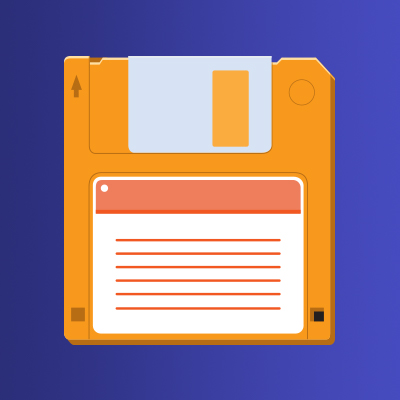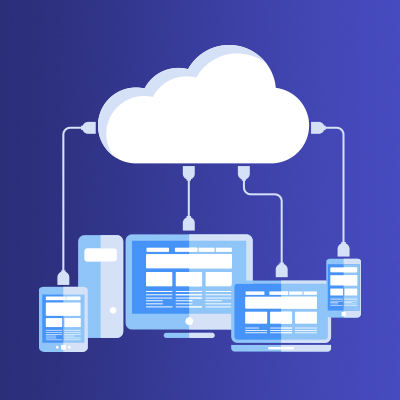One of the oldest jokes on the internet goes like this:
Software mogul: “If the automobile industry had developed like the software industry, we would all be driving $25 cars that get 1,000 miles to the gallon.”
 Automobile executive: “Yeah, and if cars were like software, they would crash twice a day for no reason, and when you called for service, they’d tell you to reinstall the engine.”
Automobile executive: “Yeah, and if cars were like software, they would crash twice a day for no reason, and when you called for service, they’d tell you to reinstall the engine.”
Software has become critical to almost every aspect of life in an amazingly short time. And as the software landscape evolves, you must ask yourself — are you a firm of the past, or a firm of the future?
Software on floppy disks
It wasn’t that long ago when software came in a physical box, on a floppy disk or CD-ROM, and you had to purchase it from a brick & mortar retail store.
Once you slugged over to the retail store, you brought that floppy disk home. Then you kicked off the process of installing the software from the disk locally onto your computer. If the software was large, the entire installation could take a significant amount of time to finish.
If the installation went well, you could launch the software on your computer. But if you had any issues, you had to trudge back to the store to get help. And if you wanted to install a different piece of software, you’d have to purchase yet another boxed set of software from the retail store, trudge home again, and start the entire manual installation process all over again.
And let's not forget that you had to purchase the correct type of software for your computer platform. If you had a PC running Windows, you had to find the software that could run on that machine. The Mac version of that software would not work on a PC running windows. If you bought the wrong type of software, that was another trip back to the store to get the right version.
The rise of the internet
The rise of the internet was a watershed moment for software development. 
A web browser is now the one and only piece of software that your tablet, computer, and smartphone require. And pretty much any device on the planet comes with a web browser pre-loaded on the machine.
The internet also opened the door for cloud-based software. Cloud-based software allows users to access software applications that are made available to users on-demand via the internet from a cloud computing provider’s servers. Cloud-based computing can help companies increase capacity, enhance functionality and add additional services on demand without the added infrastructure that desktop applications require (Related article: 3 Ways Cloud Software Alleviates Your Anxiety).
Benefits of cloud-based software
- No setup requirements - Now when you need software, you simply download it from the web. You don’t have to go to the store, make sure you’re buying the right disk, and return if you have any issues. There’s no sluggish process with a time-consuming hard installation because cloud-based software is plug and play.
- Instant software updates - The beauty of cloud-based software is that the servers are off-premise, which means your software provider takes care of them for you. Regular software updates (including security updates) are all managed by your software provider, so you don’t have to worry about wasting time maintaining the system yourself.
- Remote access - Cloud-based software also means you can work from anywhere on any device. You aren’t limited to one single PC dedicated to your software. Instead, you can type the software into your web browser, log in and pick up right where you left off.
- The cusp of innovation - There’s no denying cloud-cloud based applications evolve more than their desktop counterparts. Cloud-based software is easier for providers to keep improving, and it’s where most of the current software innovation is happening (Related article: 7 Reasons Why AEC Firms Need Cloud Software).
Wondering what other changes are afoot in your industry? Click below to download a free whitepaper on predictions for the professional services in 2020 and beyond.
